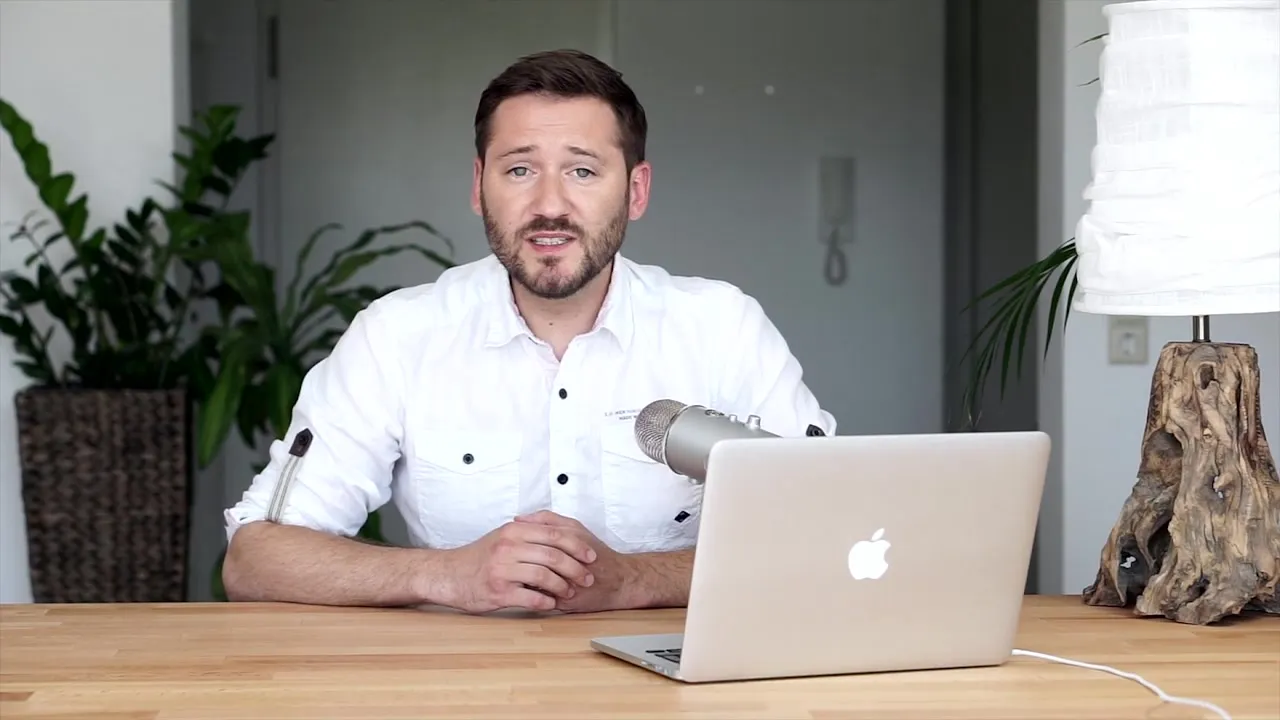A logo is the business card of your company and should be clear and memorable. If you are a photographer, you know that visual presentation is crucial for attracting new clients. Too often, we tend to pack too much into our design, which makes our logo seem overloaded and confusing. In this guide, you will learn how to create an effective and simple logo that sticks in memory and represents your style.
Key insights
- Simple logos are more memorable and clearer.
- Too much information can overwhelm and cause disinterest.
- A successful logo conveys messages quickly and precisely.
Step-by-step guide
Step 1: Think about the essence of your business
Before you start designing, it’s important to understand the core message of your business. What makes your photography unique? What emotions do you want to convey with your logo? Write down the key elements you want to incorporate into your logo.
Step 2: Reduce information to the essentials
Similar to choosing attire for a special occasion, your logo should aim to showcase the essentials. If you add too many elements, it will be difficult for viewers to grasp the logo quickly. Focus on what’s truly important.
Step 3: Choose a clear color palette
Colors play a crucial role in logo design. Choose a few primary colors and stick to them throughout the design. Too many color variations can make your logo appear restless. Opt for a harmonious palette that reflects your style.

Step 4: Use legible fonts
The choice of font is important for readability. Avoid ornate or complicated fonts that are hard to read. A clear, simple font ensures that your logo looks good in various sizes and remains easily recognizable.
Step 5: Focus on clarity and conciseness
Your logo should be understandable at first glance. Avoid unnecessary details or effects that distract from the main message. A well-designed logo attracts attention and remains memorable to viewers.
Step 6: Test your logo in different applications
Test your logo against different backgrounds and in different sizes. How does it look, for example, on a business card? Or on your website? Ensure it stands out well everywhere and that the message remains clear.
Step 7: Get feedback
Before finalizing your logo, gather opinions from colleagues or potential clients. Sometimes a fresh perspective can provide valuable insights into what works well and what doesn't.
Summary – Developing a logo for photographers – The path to simplicity
A logo is more than just a design – it embodies your company’s identity. By focusing on simplicity and clarity, you can create a logo that not only looks good but also functions well. Remember, less is more, and every detail should contribute to the overall message.
Frequently Asked Questions
What makes a simple logo?A simple logo is clear, memorable, and uses only the most necessary information and design elements.
How important are colors in logo design?Colors are crucial as they evoke emotions and visually underscore the brand identity.
Why should I test my logo?Testing your logo in different formats and on various backgrounds shows how well it works in different applications.
How often should I revise my logo?Regular revisions are sensible, especially when the business changes or you offer new services. A logo should remain relevant.
What are the most common mistakes in logo design?Too many details, hard-to-read fonts, and a chaotic color palette are common mistakes that can make a logo appear unprofessional.


